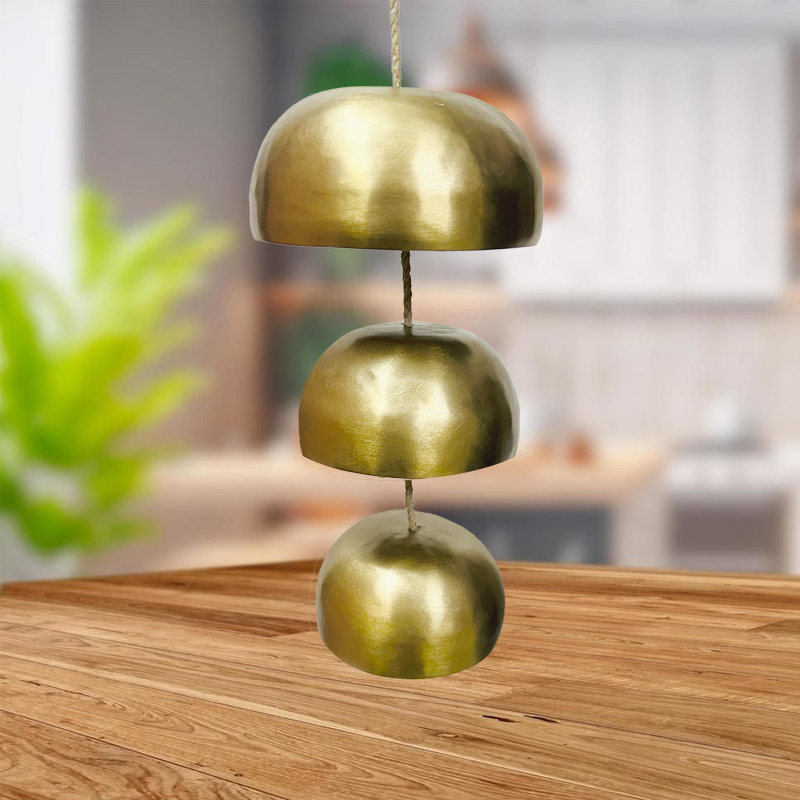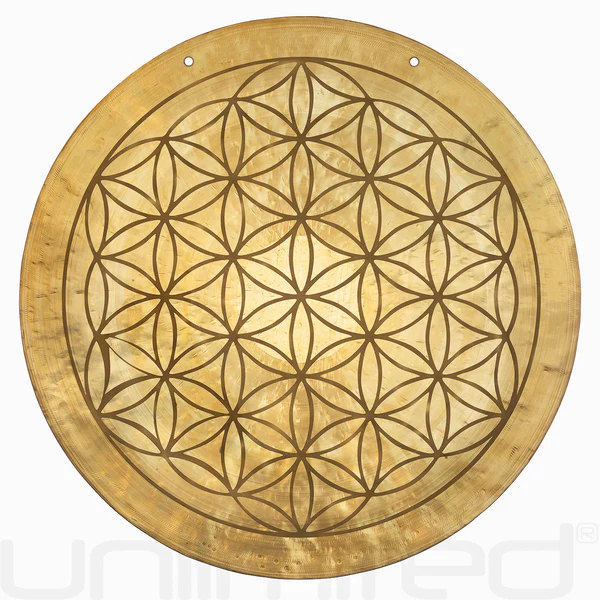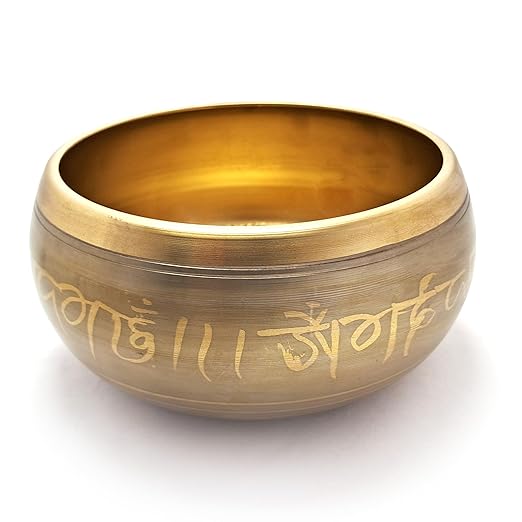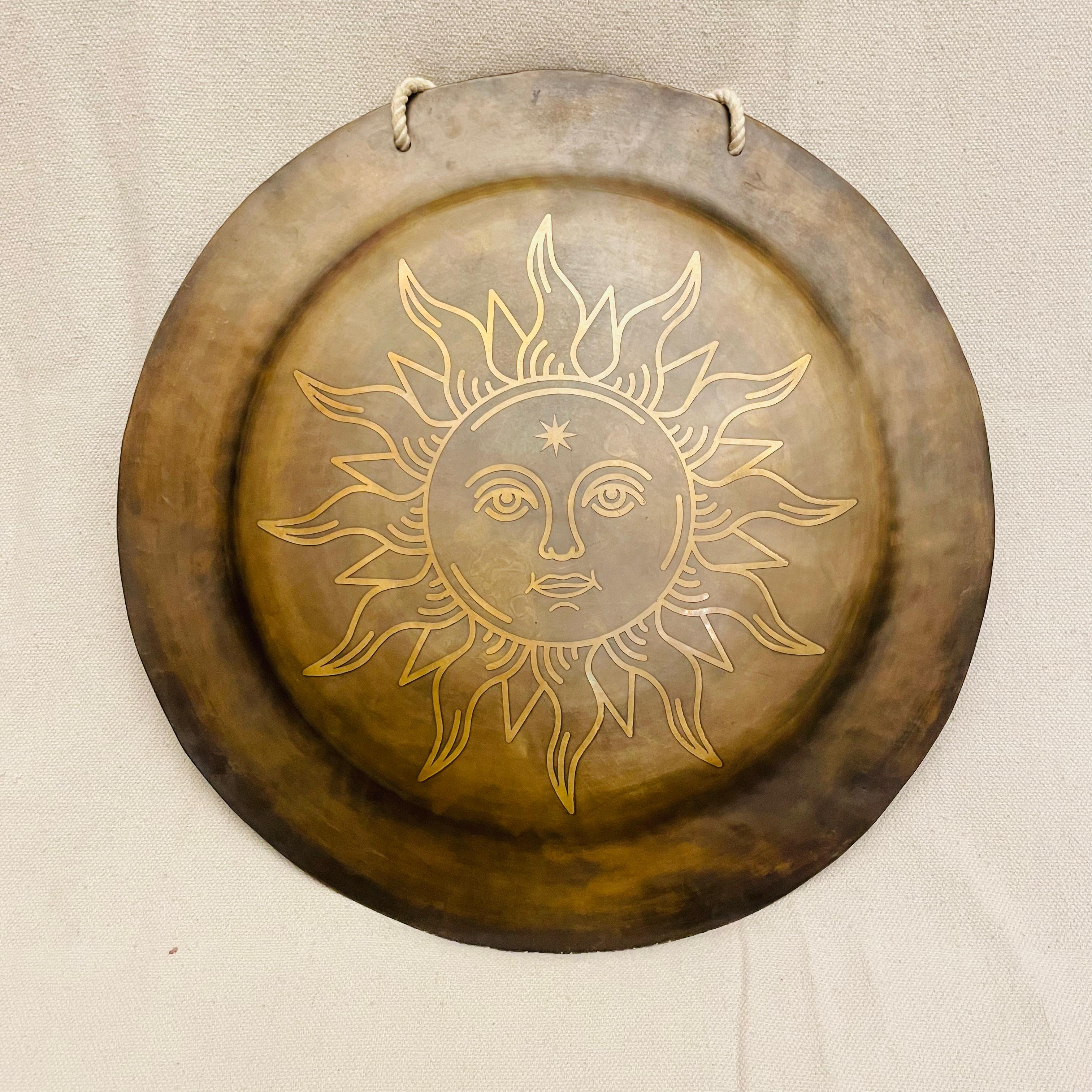Nataraj Murti
Nataraj Murti is a powerful and elegant statue of Lord Shiva in his cosmic dance form, known as the Tandava, symbolizing the cycle of creation, preservation, and destruction. This iconic representation captures the dynamic and graceful movement of LoRead More
-
Type:
Murti
-
Material:
Metal, Stone
-
Base Design:
Circular Or Square Base
-
Weight:
Heavier
Product FAQs
-
Who is Lord Nataraja?
Lord Nataraja is an iconic representation of Lord Shiva, depicted as the Lord of Dance. In this form, Shiva is shown performing the Ananda Tandava (Dance of Bliss), symbolizing the cosmic cycles of creation, preservation, and destruction. This dance represents the constant movement of the universe, the rhythm of life, and the interplay of creation and destruction. Nataraja is an embodiment of divine energy, movement, and ecstasy.
-
What is the Significance of the Nataraja Murti?
The Nataraja Murti symbolizes the cosmic dance that governs the universe's existence. It is a profound symbol of Lord Shiva’s energy and his ability to both destroy and create. The dance represents the continuous cycle of life, with Shiva’s mystical dance creating and annihilating the universe. It also signifies the balance between opposing forces (creation/destruction, life/death, light/dark). This form of Shiva encourages inner peace, spiritual liberation, and the acceptance of the cyclical nature of existence.
-
What Are the Key Elements in a Nataraja Murti?
Shiva’s Dance Pose – Lord Shiva is depicted with one leg lifted and the other planted firmly on a dwarf figure (representing ignorance or ego). The Fire Ring (Prabhamandala) – A circle of flames surrounding Lord Shiva, symbolizing the eternal cycle of creation and destruction. The Damaru (Drum) – In one hand, Shiva holds a drum, symbolizing the beat of the universe and the rhythm of life. The Flame – Shiva’s other hand often holds a flame, symbolizing both the destruction of the old and the creation of the new. The Mudra (Hand Gestures) – The four arms of Nataraja each hold symbolic items, and the hand gestures convey meanings of protection, fearlessness, and blessing.
-
Where Should I Place a Nataraja Murti in My Home?
Puja Room or Prayer Altar – Ideal for worship and seeking Lord Shiva’s blessings for spiritual progress and inner transformation. Meditation Room – The dynamic energy of Nataraja can enhance your meditative practice, helping you embrace the rhythms of life. Living Room or Hallway – The dynamic pose and positive energy of the Nataraja Murti can bring balance, harmony, and peace into your home. Yoga Space – Perfect for those who practice yoga, as the Nataraja form symbolizes the ultimate harmony between mind, body, and spirit.
-
What Are the Benefits of Having a Nataraja Murti?
Promotes spiritual awakening and the embrace of cosmic rhythms. Encourages balance and harmony between opposing forces in life. Brings protection, positivity, and divine energy into the home. Enhances meditation practices by invoking a sense of cosmic movement and energy. Represents the cyclical nature of existence, helping to cultivate acceptance of life’s changes.
-
What Materials Are Nataraja Murtis Made From?
Bronze & Brass – These metals are widely used for Nataraja Murtis due to their durability, elegance, and antique finish. Copper – Copper is often used for traditional designs, giving the statue a unique, aged look. Stone – Stone is used for classic, intricate carvings and is often associated with traditional temple sculptures. Wood – Wooden Nataraja statues offer a more earthy and natural aesthetic, reflecting the connection to nature and spirituality. Resin & Ceramic – Modern materials used for lighter, more affordable versions, suitable for decorative purposes.
-
How Do I Care for a Nataraja Murti?
Dust regularly using a soft, dry cloth to keep the statue clean. Polish (if applicable) with appropriate materials like brass or bronze polish to maintain the statue’s shine. Avoid harsh cleaning agents or abrasives that may damage the surface. Place the murti in a respectful space, away from harsh sunlight or extreme conditions, to preserve its beauty.
-
Can a Nataraja Murti Be Gifted?
Yes! The Nataraja Murti makes a powerful and meaningful gift for spiritual seekers, dancers, and those who appreciate the cosmic balance and energy of Lord Shiva. It is a perfect gift for housewarmings, spiritual occasions, or for anyone starting a meditation or yoga practice.
-
How Do I Choose the Right Nataraja Murti?
Size and Placement – Consider where you plan to place the statue. Smaller statues are ideal for personal altars or meditation spaces, while larger statues can be placed in temples or main rooms. Material – Choose bronze or brass for an antique and traditional look, or wood for a more natural and grounding design. Design – Select a statue that resonates with your spiritual practice or aesthetic preferences. Some may prefer a larger, intricate Nataraja for display, while others may opt for a more subtle, serene form.
H No 112, Behind Satyam Cinema, Shivpuri, Moradabad, Uttar Pradesh-244001, India
GET DIRECTION









